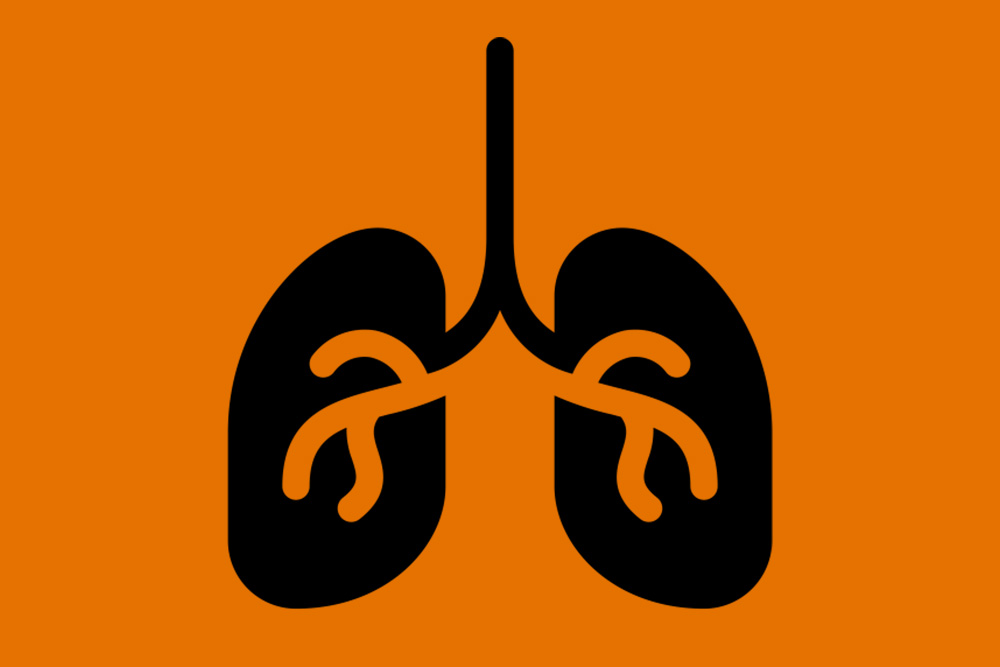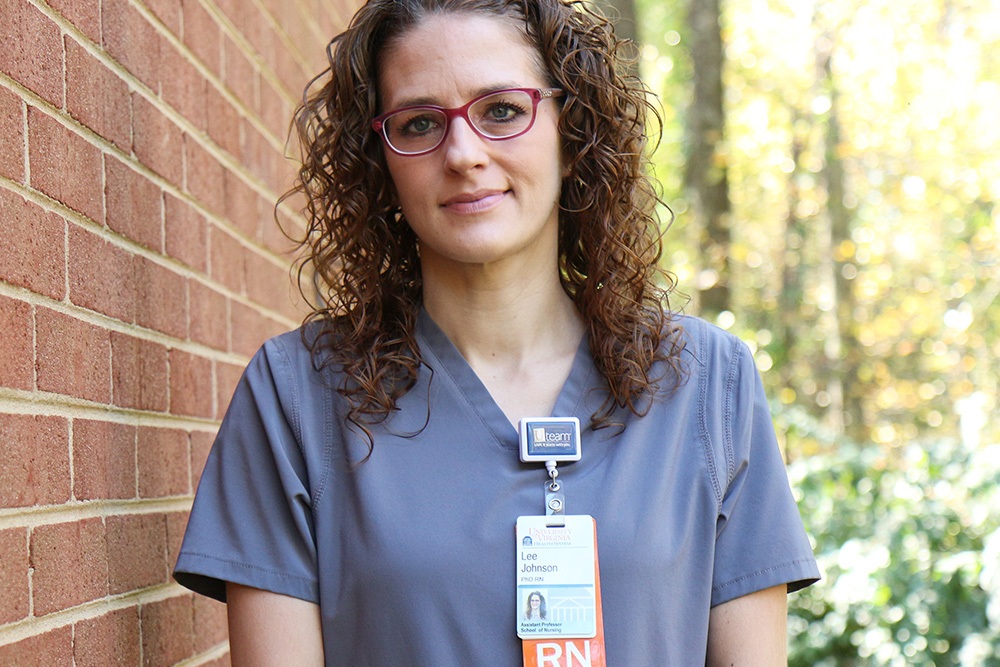
What ELSE Ails Them?
If lung cancer had a geography, it’d be in the country’s heartland: Appalachia, the southern Great Plains, and the upper South.
“Lung cancer treatment is often blunt, one-size-fits-all. I’ve seen that with my own eyes. But understanding the impact of these comorbidities, and how they cluster, we clinicians can help people make better decisions about care, especially palliative care."
Prof. Lee Ann Johnson
But heart disease, diabetes, COPD, and obesity overlap in these same locales, too, making it clear that many at risk of dying from the nation’s No. 1 cancer killer often concurrently suffer from comorbidities that impact their treatment outcomes and lessen the quality of life they have left.
Nurse scientist Lee Ann Johnson, an assistant professor, studies these comorbidities.
In her recent analysis of 597 people with lung cancer, Johnson found differences in comorbidity type based on patients’ race and gender. Men of any race with lung cancer, she found, are more likely to have a heart attack and diabetes but are less likely to experience depression. She also found that Black men and women with lung cancer are more likely to experience a stroke than their white counterparts with lung cancer. Patients with both dementia and lung cancer had a greater likelihood of being institutionalized and hospitalized, Johnson found, more often required in-home care, and had higher out-of-pocket expenses than lung-cancer–only patients or dementia-only patients.

Johnson’s research is published in both Cancer Nursing and Aging & Mental Health.
“Lung cancer treatment is often blunt, one-size-fits-all,” Johnson explained. “I’ve seen that with my own eyes. But understanding the impact of these comorbidities, and how they cluster, we clinicians can help people make better decisions about care, especially palliative care. Given that fewer than one in 10 people are alive five years after diagnosis, it’s clear that we have a lot more work to do to support these patients and ensure that the time they have left is less painful and of a higher quality.”
“More doctors in this case very clearly didn’t mean a greater access to care,” which, in turn, “raises questions about the models of care we offer these patients and whether more specialist and providers can actually be detrimental to lung cancer patients’ quality of life.”
Prof. Lee Ann Johnson
Comorbidities also complicated and often worsened care outcomes. In another study of 1,814 individuals with lung cancer, Johnson also found that patients with higher numbers of comorbidities were more likely to have a complex web of multiple healthcare providers but be less able to get and pay for the care they need.
“More doctors in this case,” Johnson reported, “very clearly didn’t mean a greater access to care,” which, in turn, “raises questions about the models of care we offer these patients and whether more specialist and providers can actually be detrimental to lung cancer patients’ quality of life.”
Johnson’s interest in lung cancer is borne out of personal experience. She watched her mom, a never-smoker, die of lung cancer at age 54. Her grandfather, who hadn’t smoked in more than 45 years, died in 2015 the same way: awash in shame (lung cancer being viewed as a “you brought this on yourself” kind of disease) and pain. Johnson published a study in 2019 in Oncology Nursing Forum that found that one-third of lung cancer patients reported high levels of stigma that, in turn, influenced whether they sought the relief of palliative care.
“These people don’t have long to live,” and the collective ‘we’—their loved ones, nurses, and other care providers need to make sure beyond managing their symptoms that their mental and social well-being is intact, too,” Johnson said.

